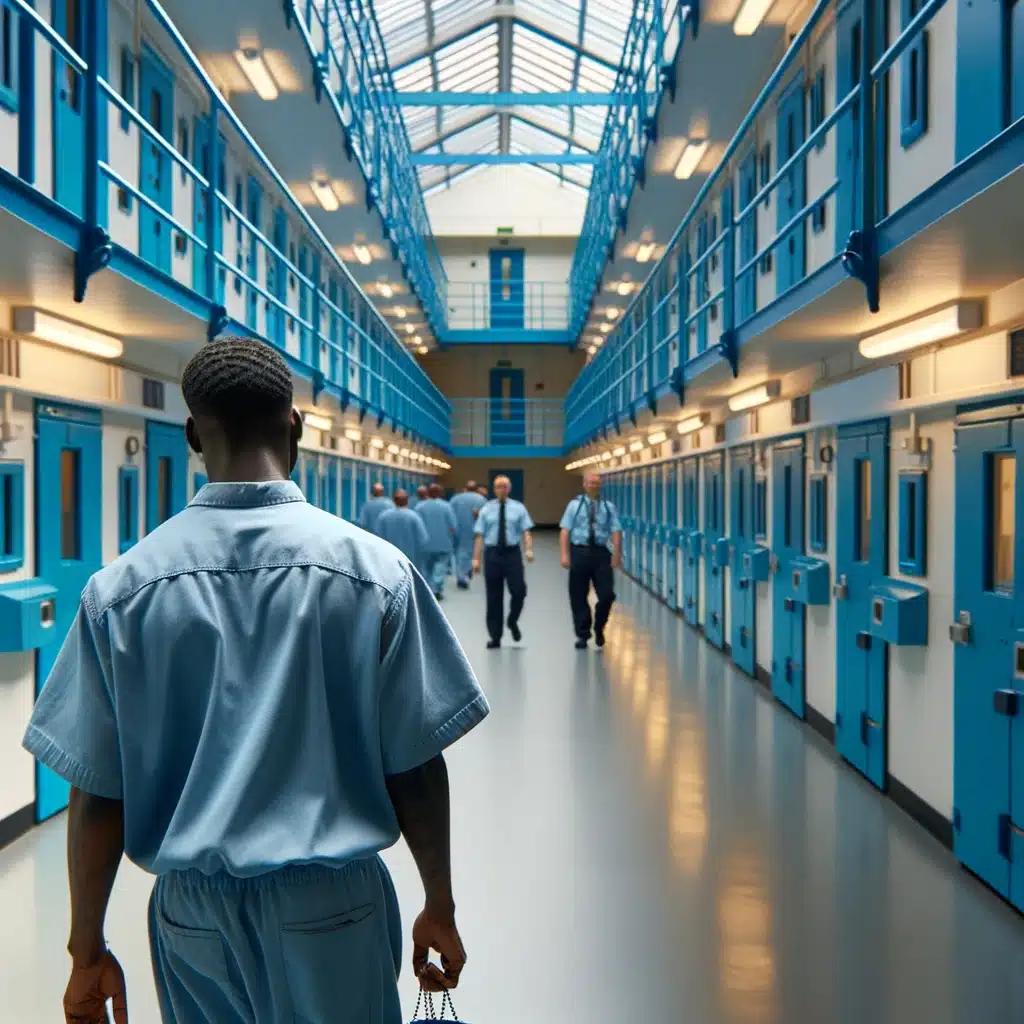How does the UK prison system work?

If you’ve ever wondered, “How does the UK prison system work?”, you’re not alone. The prison system in the United Kingdom is a complex structure with multiple layers, designed to both punish and rehabilitate offenders. In this article, we’ll break down the key components that make up the UK prison system, from the types of prisons to the process of sentencing and rehabilitation.
Types of Prisons
Local Prisons
These are usually the first stop for individuals who have been sentenced. They are often located near major courts and serve as holding facilities before inmates are moved to other types of prisons.
High-Security Prisons
Also known as Category A prisons, these facilities house the most dangerous and high-risk offenders, such as those convicted of terrorism or murder.
Training Prisons
These are often Category B or C prisons focused on rehabilitation. They offer various programmes to help inmates acquire new skills and prepare for life after release.
Open Prisons
These are Category D prisons with minimal security measures, aimed at preparing inmates for reintegration into society.
The Sentencing Process
Once an individual is convicted of a crime, the court will determine the appropriate sentence. This can range from a few months to life imprisonment, depending on the severity of the crime and other factors like previous convictions.
How does the UK prison system work?
Prison Categories and Recategorisation
Inmates are initially categorised based on the severity of their crime and risk to public safety. However, this category can be reviewed and changed over time, usually every six months to a year. A review board consisting of prison officials and psychologists typically makes the decision.
Rehabilitation and Programmes
One of the primary goals of the UK prison system is rehabilitation. To this end, various programmes are offered to inmates, including:
Educational Courses: From basic literacy to vocational training, educational programmes aim to equip inmates with skills for the outside world.
Work Programmes: These provide inmates with a routine and work ethic, often in areas like laundry, kitchen work, or maintenance.
Therapy and Counselling: Psychological services are available to help inmates deal with mental health issues, substance abuse, and other challenges.
Parole and Early Release
Inmates serving determinate sentences may be eligible for parole or early release based on good behaviour and successful completion of rehabilitation programmes. A parole board reviews each case to determine eligibility.
Challenges and Criticisms
The UK prison system is not without its challenges, including:
Overcrowding: Many prisons operate at or near full capacity, leading to concerns about living conditions and the effectiveness of rehabilitation efforts.
Reoffending Rates: Despite efforts at rehabilitation, reoffending rates remain a concern, raising questions about the system’s effectiveness.
Conclusion
The UK prison system is a multifaceted institution designed to serve both punitive and rehabilitative functions. From the moment of sentencing to the process of rehabilitation and potential early release, numerous elements come into play to manage the inmate population effectively. While the system faces challenges like overcrowding and high reoffending rates, it also offers a range of programmes aimed at preparing inmates for a more positive life post-release. Understanding how the UK prison system works is crucial for anyone interested in criminal justice, social policy, or even the societal implications of incarceration.



